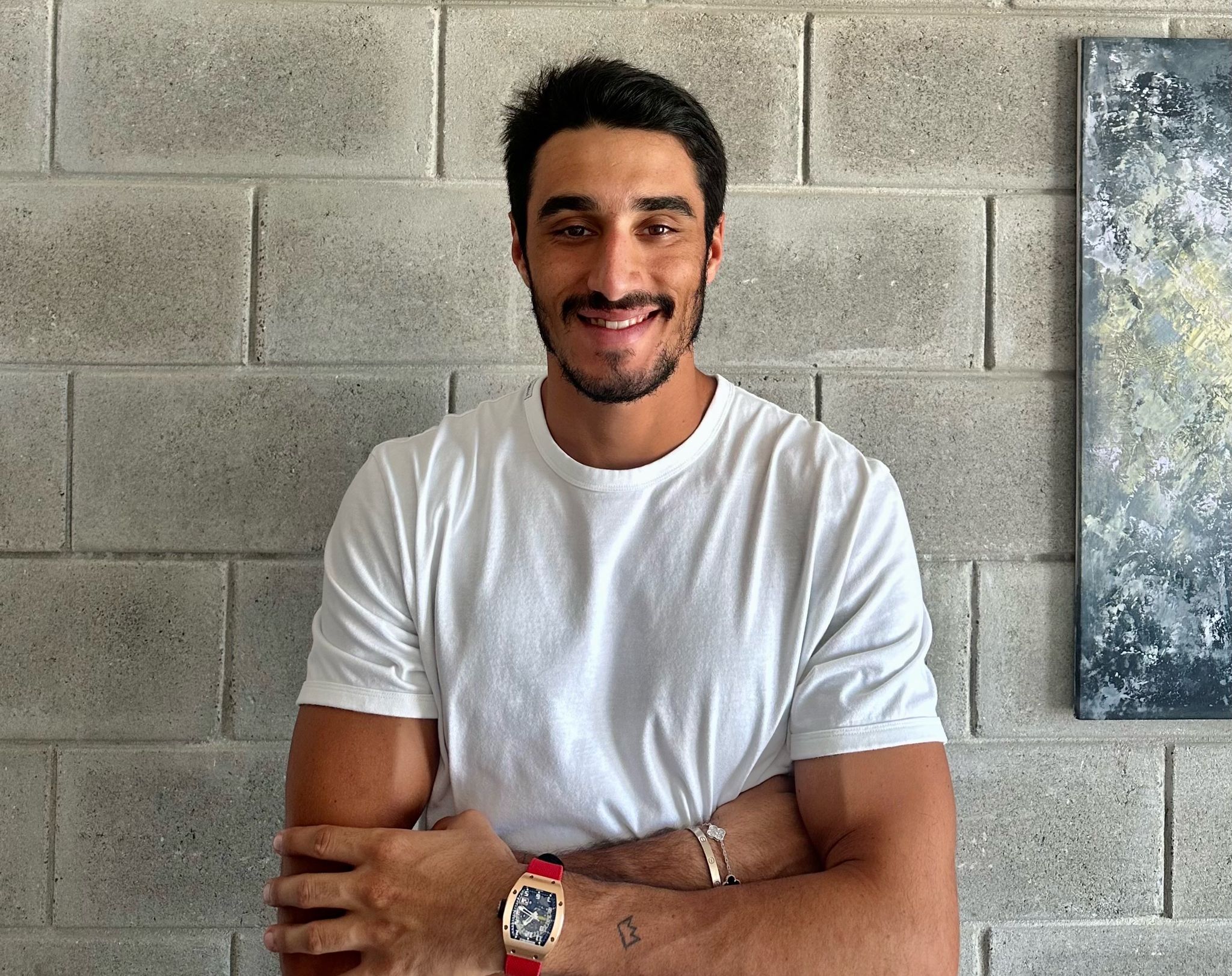
-
Kalim, your artistic journey began early with music. Can you take us back to those early days and share how your first experiences with the piano shaped your creativity and set the foundation for your ventures in art?
I started playing the piano at age six when I first discovered my love for art. Studying music helped me appreciate various art forms, including painting.
-
Your family’s travels across Europe have sparked your aesthetic sense and passion for the arts. Were there particular moments or places during these journeys that significantly influenced your artistic direction?
During my travels with my family, I was always drawn to museums and art galleries. This is how my passion grew, and over time, my eyes became trained to recognize beauty.
-
Art and culture are deeply intertwined with personal identity, especially in a city as historically rich as Beirut. How does Beirut influence your work and the philosophy behind Kalim ArtSpace?
Art and culture naturally go hand in hand. Being based in Beirut, a city rich in cultural diversity and history, added tremendous depth to the artistic scene here. Beirut’s history—from Roman ruins to the Ottoman Empire—has shaped and enriched this capital. Growing up with this diversity greatly influenced my choice to establish my gallery in Beirut. I chose Beirut, firstly, because it’s my home and a place I love. The second reason is the rich cultural history that makes this city truly unique.
-
You’ve had an eclectic academic path, studying in Beirut, Geneva, and London. How have these experiences in diverse educational settings influenced your vision and approach to creating and curating art?
My diverse educational background, including recently obtaining a degree in art curation from Sotheby’s Institute of Art, has shaped my journey. I’ve always been interested in art, initially as a collector, then evolving into an art dealer and eventually establishing the gallery. Being a Patron of the Middle Eastern Acquisition Committee at the British Museum is something I’m particularly proud of; it showcases that Arab art can reach major museums globally, highlighting its strength and worldwide appeal.
-
With your upcoming plans for collaborations and art events in the Gulf, what excites you most about cross-cultural artistic dialogue? Are there particular themes you’re eager to explore?
Yes, I am looking to expand into the Gulf, with hopes of opening a gallery in Dubai and collaborating with institutions across the region, including in the UAE and Qatar.
-
In today’s globalized art world, how do you view the balance between preserving cultural authenticity and engaging with international trends? How do you ensure that Kalim ArtSpace reflects a genuine Middle Eastern narrative?
In today’s globalized art market, it’s essential to balance preserving cultural authenticity with engaging international trends. At Kalim Bechara Art Gallery (formerly Kalim ArtSpace), we achieve this through the painters and artworks we display. Our artists maintain cultural heritage by depicting our social life, values, morals, colors, and norms. This approach sends a powerful message about the Middle East, portraying its beauty in ways that the media often overlook.
-
Art can be a powerful medium for social commentary. Are there specific messages or themes you hope to convey through your exhibitions and the artists you choose to showcase?
In my exhibitions, I leave themes open for interpretation, allowing freedom for artists to create beautiful, positive themes. I believe in giving artists space to express themselves, fostering creativity without strict thematic boundaries.
-
Finally, as someone who draws from both art and music, what advice would you offer to young artists and musicians navigating today’s fast-paced creative landscape?
I want to emphasize art as an investment, especially Arab art. In recent years, there’s been growing interest, with auction houses holding Middle Eastern auctions frequently and prices rising. I highly encourage people to explore Arab art, understand pricing trends, and make informed investments. The Arab art market is vibrant and promising, filled with incredible talent from modern to emerging artists. We just need support, belief, and faith in Arab art. Support local artists, invest in them, and look beyond Western trends. The Arab art market is truly the place to be right now.
